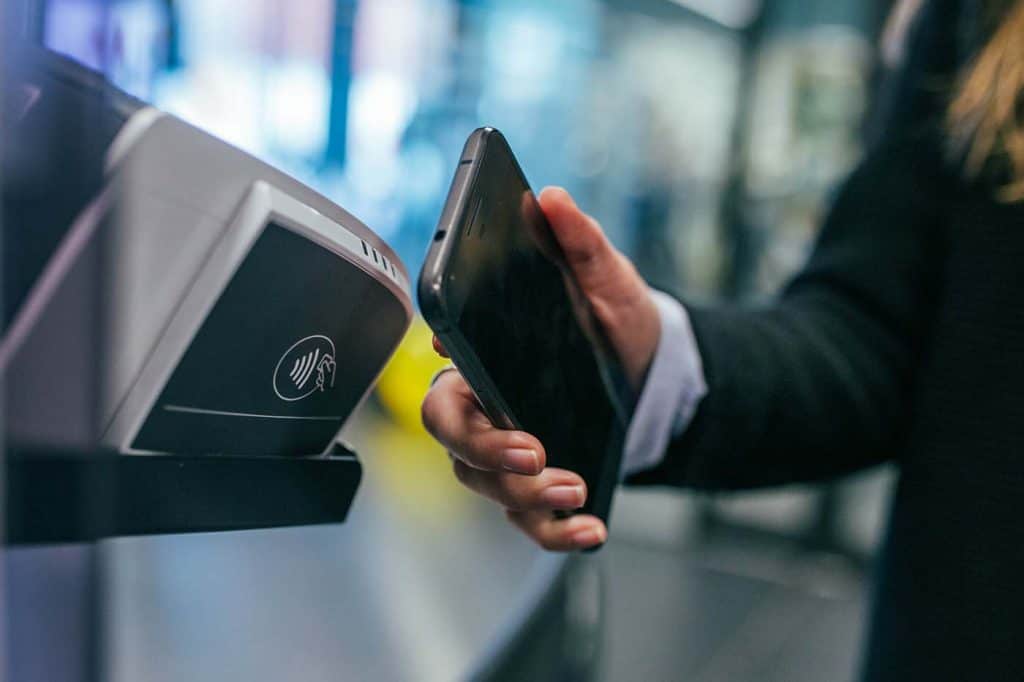Until yesterday, we kept the money under the mattress. Today we pay with the smartphone. Tomorrow, we will do it with our hands or our face.
Payment technologies are evolving to offer ease and comfort to users while enhancing security. New methods of authentication, cryptographic technologies and the blockchain or integrated payment systems in vehicles and buildings are already a reality. One that we will see and experience shortly.
As pointed out by the European Payments Council, the new consumer habits of users, the high penetration of mobile communication networks and smartphones and the increasing regulation on security have created the perfect breeding ground for the appearance of new payment technologies. And businesses and payment platforms have been quick to take the plunge.
The importance of security in the European Union
Last September the PSD2 regulation came into force. The regulation has not been applied in its entirety since the European banking authorities have applied a moratorium of between 14 and 18 months for the total obligation. Still, PSD2 has already made clear what the new user authentication standards should be. Standards for which electronic payment systems are essential.
Among other things, the PSD2 establishes that the client must authorize the payment operations through a double authentication system. That is, using at least two of the following methods:
- A possessed item. Like a card, a smartphone, a smartwatch or any other wearable.
- An inherent element. A unique item such as fingerprint or facial or iris recognition.
- A known item. Like a password or a PIN number.
Visa Predictions

Given these new regulations, the role of payment service providers (PSP) is key. According to one of them, Visa, the Internet of Things has multiplied the possibilities to develop new payment technologies and authentication systems. According to the company, we are about to experience a new world of options on three fronts:
- Wearables. We will go from paying with the smartwatch to having payment technologies integrated into almost any garment or accessory thanks to improvements in connectivity and the increasing miniaturization of technology.
- Connected vehicles. IoT technology is present in more and more vehicles (it is estimated that 90% of new registrations next year will be connected vehicles). Thus, cars, motorcycles and trucks will become payment points in themselves, allowing ease of use at tolls or service stations, for example.
- Applications and connected home. Connected devices in the home and the continuous development of voice control applications are allowing the smart home to become a place full of comfortable and safe payment points.
Amazon bets on biometrics
One of the great retailers of our time, Amazon, is also experimenting with new forms of payment. Not so much for your e-commerce business, but your physical stores. Aiming to roll it out in 2020 at the Whole Foods supermarket chain, Amazon is piloting biometric identification technologies that will allow Prime customers to pay directly by hand.
The payment system, called Orville, is being tested, for now, with a small group of company employees. Biometric identification technology, thanks to an artificial intelligence algorithm, visually identifies the customer in less than 300 milliseconds. Also, the hand and fingerprint scanning technology is less intrusive than face scanning.
Geolocation and cryptographic keys
Biometric identification and the use of wearables will be only the first step in the diversification of payment technologies. According to a report by consulting firm Capgemini, double authentication methods will evolve further to strengthen transaction security. Authentication based on geolocation and the use of cryptographic keys will experience an increase in the medium term.
“Payment service providers must continually invest in advanced authentication and enablement technologies such as biometrics, location-based authentication, and cryptographic keys to stay one step ahead of cybercriminals,” the report concludes.







